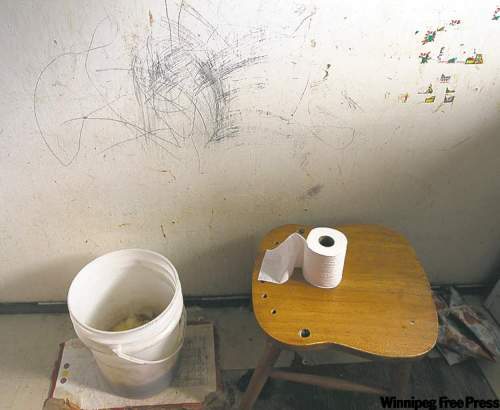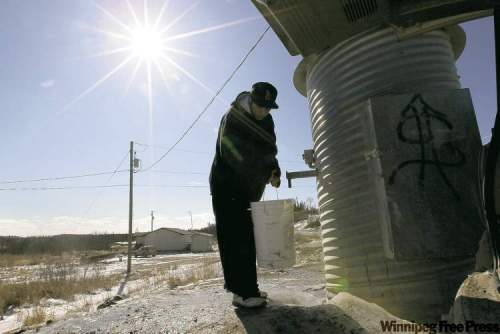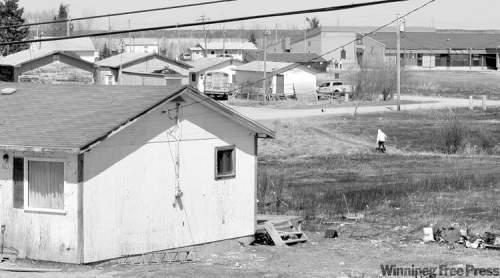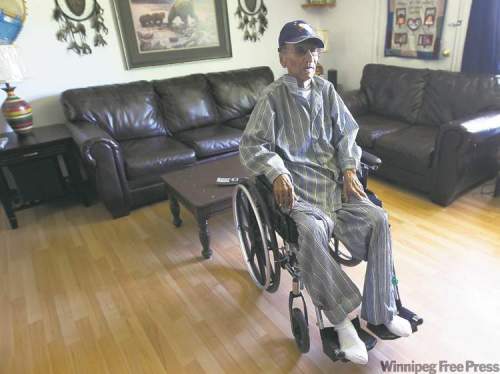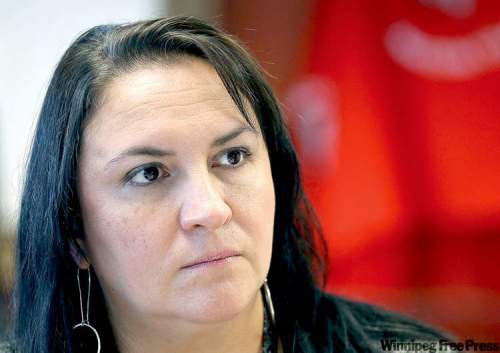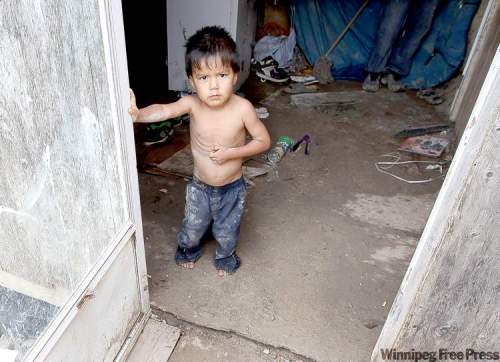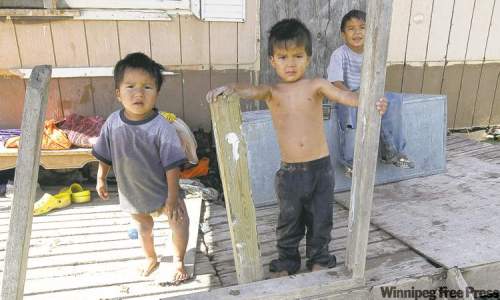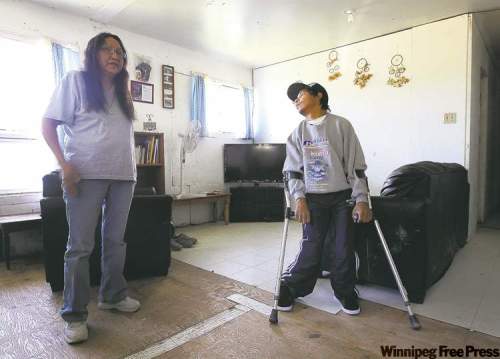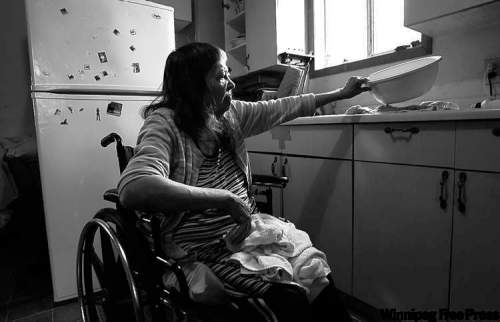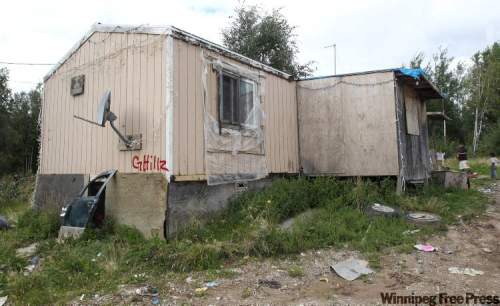No Running Water
Solve reserves’ water crisis, don’t squabble, Rae urges
2 minute read Saturday, May. 12, 2012OTTAWA and the province must set aside jurisdictional squabbles and fix the clean-water crisis that plagues remote reserves, federal Liberal Leader Bob Rae said Friday.
"You can't let these things descend into jurisdictional and constitutional battles. Every Canadian should have access to running water," Rae said. "The two governments have to get their act together and get it done."
Along with Manitoba Liberal Leader Jon Gerrard, Rae travelled to St. Theresa Point Friday afternoon to visit homes with no proper plumbing and meet with the chief and council.
St. Theresa Point is one of four reserves around Island Lake, where most of the province's 1,400 homes without modern sanitation are located.
Advertisement
Weather
Winnipeg MB
-11°C, Cloudy with wind
Price tag for running water, toilets $29M
5 minute read Preview Tuesday, Dec. 20, 2011Feds, province agree to bring running water to Island Lake
3 minute read Saturday, Dec. 17, 2011OTTAWA -- The provincial and federal governments agreed Friday to a joint program to give running water to homes in the Island Lake region of Manitoba.
However, there is still no dollar figure attached nor a timeline for completing the project.
Manitoba Aboriginal Affairs Minister Eric Robinson and federal Aboriginal Affairs Minister John Duncan met in Ottawa on Friday, mainly to discuss the Island Lake water crisis and hammer out a plan to fix it together.
"It was one of the most productive meetings I have had with the federal government in a long time," said Robinson.
Ottawa pledges funding to Island Lake
4 minute read Preview Friday, Dec. 16, 2011Water woes behind H1N1
4 minute read Preview Thursday, Dec. 15, 2011Public shock, anger over issue evaporate
5 minute read Saturday, Nov. 5, 2011WHERE’S the outrage?
It’s been a year since the Winnipeg Free Press first highlighted the damage to health and human dignity caused by the lack of running water in 1,400 First Nations homes. The series of stories spawned hundreds of emails, online comments and letters to the editor, many asking what action average people could take to solve the problem.
But since then, a small handful of advocacy campaigns have largely failed to galvanize public opinion, few charitable organizations have stepped up to tackle the problem and the federal government is under no sustained pressure to provide essential services to First Nations mired in Third World conditions
“All that energy and public attention just dissipated,” said Laurel Gardiner, director of the Manitoba office of the Frontiers Foundation, an aboriginal charitable agency that’s piloting a home retrofit program in Island Lake.
Dutch device may fix water problems
4 minute read Preview Saturday, Nov. 5, 2011Lottery for a life
7 minute read Preview Saturday, Nov. 5, 2011Reserves to get upgrade
5 minute read Preview Tuesday, Oct. 25, 2011Misery and indifference
6 minute read Preview Saturday, Oct. 22, 2011Health effects
4 minute read Saturday, Oct. 22, 201111
RESPIRATORY INFECTIONS
You know the wintertime flu-prevention mantra: Wash your hands to prevent sickness. But that's not easy when you have no running water and struggle to conserve what little drinking water you haul in daily from the communal tap. Regular flu doesn't sounds so bad, but hundreds of people from St. Theresa Point got sick with H1N1 in that epidemic's first wave in 2009. Federal public health officials conducted a potentially damning epidemiological study into that outbreak, but Health Canada has refused for 18 months to release it, denying an access to information request. The federal information commissioner is investigating.
In addition to the flu, other respiratory ailments exacerbated by poor sanitation can be just as deadly, such as pneumonia or whooping cough. In the spring of 2010, there was an outbreak of whooping cough in northern First Nations, many of which have no running water.
Easy to judge, difficult to escape
6 minute read Preview Saturday, Oct. 22, 2011No Running Water
7 minute read Saturday, Oct. 22, 2011THEN1995
"In some First Nations communities in rural and northern Manitoba, inadequate water supplies have increased the risk for communicable disease... Besides the burden of illness on these communities, all Manitobans bear the medical costs and the loss of productivity associated with preventable diseases. Consultation is under way to ensure the provision of a clean, abundant water supply in these communities."
-- 1995 State of the Environment report, Manitoba Conservation
2001
Degrading third-world conditions one more hurdle for disabled man on reserve
7 minute read Preview Saturday, Oct. 22, 2011A tough life without running water, but others have it worse
5 minute read Preview Saturday, Oct. 22, 2011Reserving their decisions
10 minute read Preview Saturday, Sep. 10, 2011LOAD MORE


